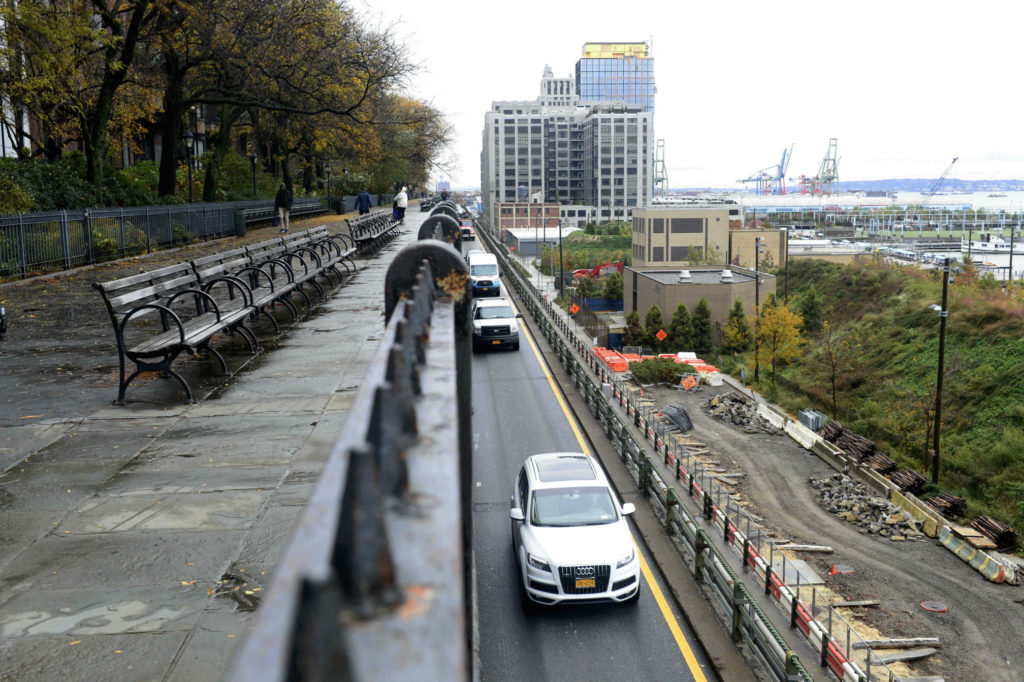In BQE rehab, DOT considers ‘more modest repairs’ to spare promenade, panel says
The light at the end of the tunnel?

The expert panel appointed by Mayor Bill de Blasio in April to study options for the $4 billion reconstruction of 1.5 miles of the BQE says it is “headed towards the end” of its work and won’t be reviewing any more concepts.
The options the panel is examining range from visionary transformations of the triple cantilever underpinning the Brooklyn Heights Promenade to modest repairs that might eliminate the need for a temporary BQE bypass altogether, leaving the landmarked promenade intact.
The panel’s chairperson, Carlo Scissura, said in a June 27 release that the group “will begin drafting recommendations” as it continues to meet this summer. There will be one more community meeting to discuss the panel’s findings, and the final report will likely be issued in the early fall.

Brooklyn Heights
View MoreRead the Brooklyn Height's Press and Cobble Hill News. Find out more about Brooklyn Height's History here.